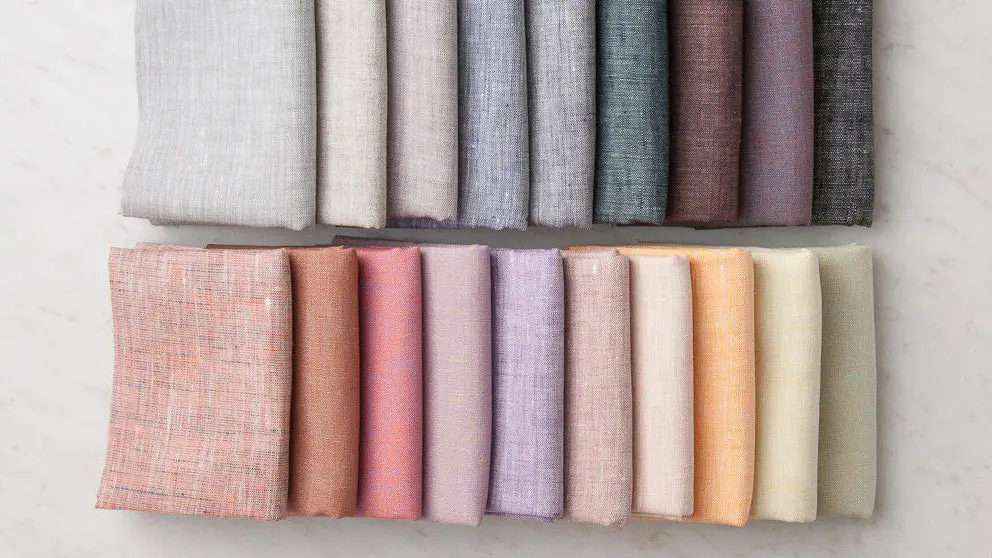The Most Expensive Fabric is a luxurious and exclusive material that is often reserved for only the most elite and wealthy individuals. It can be made from a variety of materials, including silk, cashmere, and even gold thread, and is often handcrafted by skilled artisans. These fabrics are not only expensive due to the materials and labor involved in their production, but also because of the rarity and exclusivity of the final product. Whether used for clothing, home decor, or even artwork, the Most Expensive Fabric is a symbol of opulence and affluence.
Leopard Fur – $8,000+ per yard
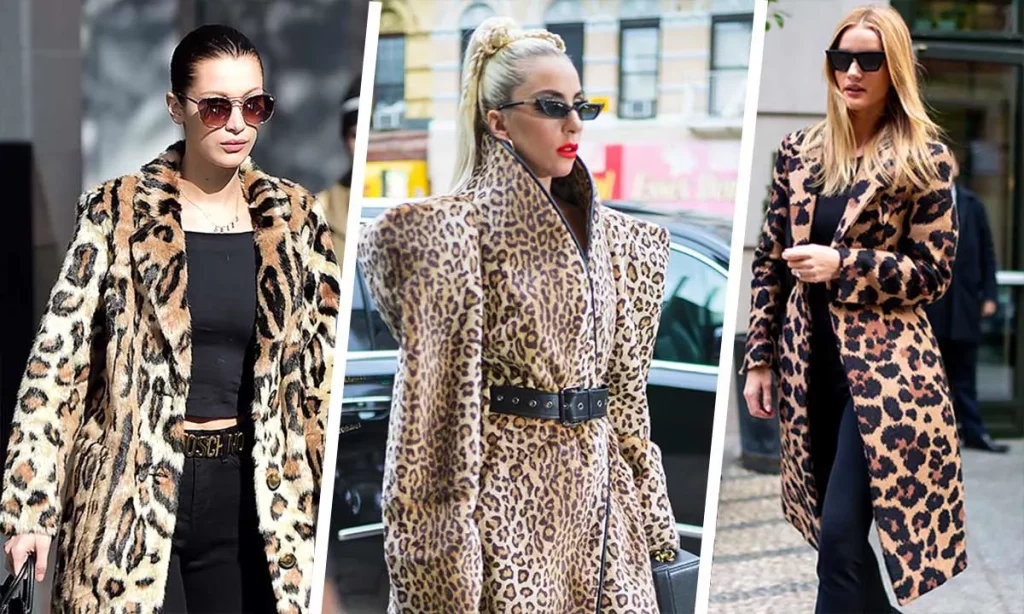
Leopard fur is the most expensive fabric in the world. Leopard fur is the soft, thick coat of fur that covers the body of a leopard. It is typically a tawny yellow or golden color with black rosettes or spots. Leopard fur is used in the fashion industry to create clothing and accessories such as coats, hats, and scarves. However, the use of leopard fur in the fashion industry has faced criticism due to concerns over animal cruelty and its impact on leopard populations. Some countries have banned the import and sale of leopard fur, while others regulate the trade.
Vicuña Wool – $4,000+ per yard

Vicuña wool is the 2nd most expensive fabric in the world. Vicuña wool is a type of wool that is obtained from the vicuña, a small camelid native to the Andes mountains in South America. It is considered to be the finest and softest wool in the world, with a fiber diameter of just 10-12 micrometers. It is highly prized for its warmth, lightweight, and durability, making it ideal for use in luxury garments such as suits, coats, and shawls. However, due to the rarity of the vicuña and strict conservation measures, vicuña wool is also one of the most expensive types of wool available. It is protected by international laws and can only be harvested every three years by certified Peruvian shepherds, who are trained in traditional Andean techniques to ensure the welfare of the animals.
Shahtoosh – $2,000+ per yard
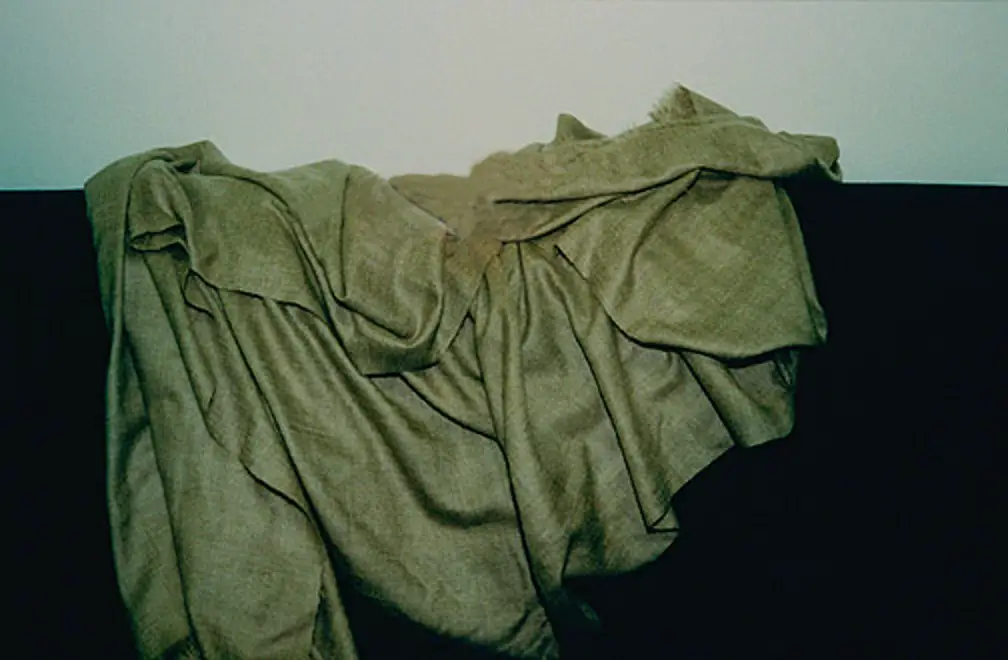
Shahtoosh is the 3rd most expensive fabric in the world. Shahtoosh is a type of luxury shawl made from the fine, soft underfur of the Tibetan antelope, also known as the chiru. It is highly valued for its softness and warmth and has traditionally been worn by royalty and nobility in the Himalayan region. However, the trade in shahtoosh shawls has been banned internationally due to the endangered status of the Tibetan antelope, and it is illegal to possess or sell shahtoosh in many countries. The poaching of the Tibetan antelope for its fur has had a significant impact on the species, and conservation efforts are ongoing to protect it.
Cervelt fabric – $1,000+ per yard

Cervelt is the 4th most expensive fabric in the world. Cervelt is a synthetic fabric made from a blend of acrylic and microfiber. It is known for its soft, plush texture and ability to retain heat. It is often used in the production of clothing, blankets, and other home textiles. Cervelt is known for its durability and resistance to wrinkling and pilling, making it a popular choice for those looking for a long-lasting fabric. It is also easy to care for, as it can be machine-washed and dried.
Burmese Lotus Flower Silk – $800+ per yard
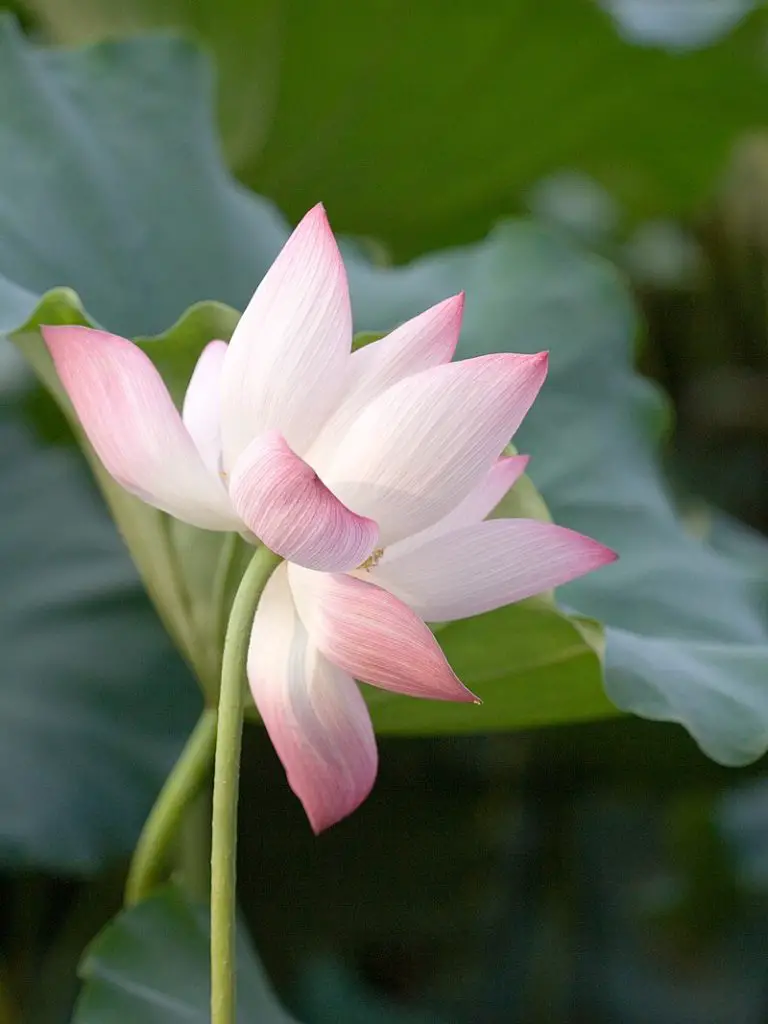
Burmese lotus flower silk is the 5th most expensive fabric in the world. Burmese lotus flower silk is a type of silk that is produced from the fibers of the lotus flower plant. It is known for its soft, smooth texture and shimmering appearance. The fibers are collected from the stem and leaves of the plant and spun into thread to create the silk fabric. Burmese lotus flower silk is prized for its luxurious feel and is often used to make high-end clothing and accessories. It is also believed to have medicinal properties and is sometimes used in traditional medicines in Myanmar (formerly known as Burma).
Guanaco Wool – $400+ per yard
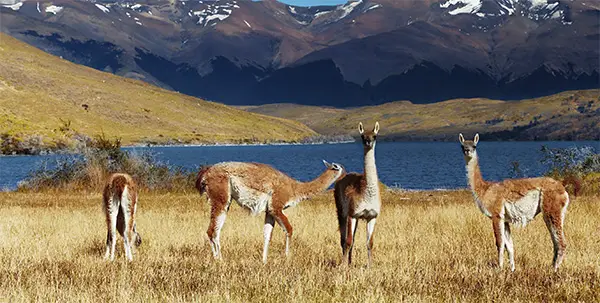
Guanaco Wool is the 6th most expensive fabric in the world. Guanaco wool is a type of natural fiber that is produced from the guanaco, a type of camelid native to South America. It is known for its softness, warmth, and durability, making it a popular choice for clothing, blankets, and other textile products. Guanaco wool is also known for its resistance to pilling and shedding, making it a long-lasting and low-maintenance option for clothing and other textiles. The wool is also environmentally friendly, as it is produced without the use of chemicals or synthetic materials. It is often used in combination with other natural fibers, such as alpaca or merino wool, to create a soft and durable fabric.
Pashmina – $300+ per yard

Pashmina is the 7th most expensive fabric in the world. Pashmina is a type of fine, soft wool that is traditionally used to make shawls, scarves, and other clothing items in India, Nepal, and other parts of South Asia. The wool comes from a specific breed of goat called the Changthangi, which is found in the high-altitude regions of the Himalayas. The fibers of the pashmina wool are extremely soft and lightweight, making them perfect for use in delicate and luxurious clothing. Pashmina shawls and scarves are often sought after for their warmth, softness, and versatility, and are popular as both fashion accessories and practical garments.
Baby Cashmere – $200+ per yard
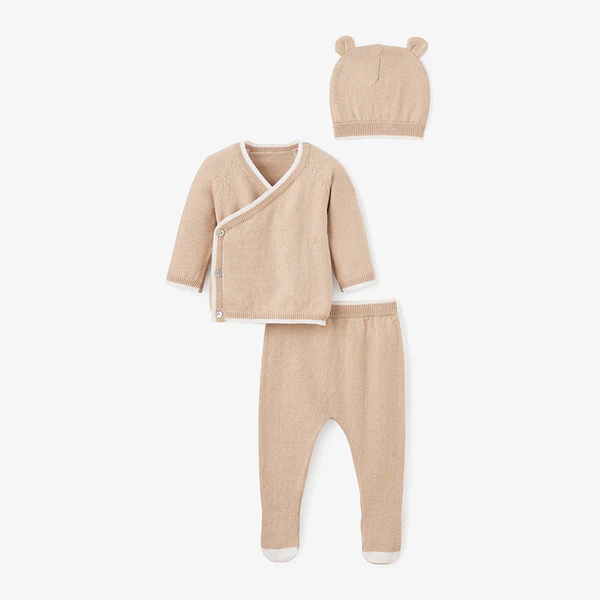
Baby cashmere is the 8th most expensive fabric in the world. Baby cashmere is a type of soft, high-quality wool that is obtained from the undercoats of young cashmere goats. It is known for its softness, warmth, and durability, making it a popular choice for clothing, blankets, and other textiles. Baby cashmere is typically finer and more delicate than regular cashmere, and is considered to be of higher quality due to its more uniform fibers. It is also more expensive than regular cashmere due to the rarity and exclusivity of the material. Baby cashmere is often used to make luxury clothing items, such as sweaters, scarves, and gloves, as well as blankets and other household items.
Mulberry Silk – $150+ per yard
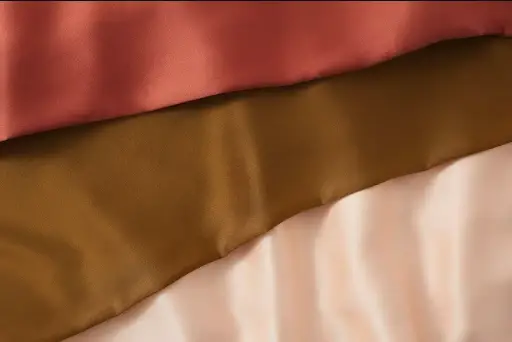
Mulberry silk is the 9th most expensive fabric in the world. Mulberry silk is a type of silk that is produced by silkworms that feed on the leaves of the mulberry tree. It is known for its soft, smooth, and lustrous texture, as well as its durability and strength. Mulberry silk is also hypoallergenic and has natural temperature-regulating properties, making it a popular choice for clothing, bedding, and other household items. It is also used in the production of silk fabrics, scarves, ties, and other fashion accessories. Mulberry silk is mainly produced in China, India, and Thailand, with China being the leading producer.
Japanese Denim – $50+ per yard
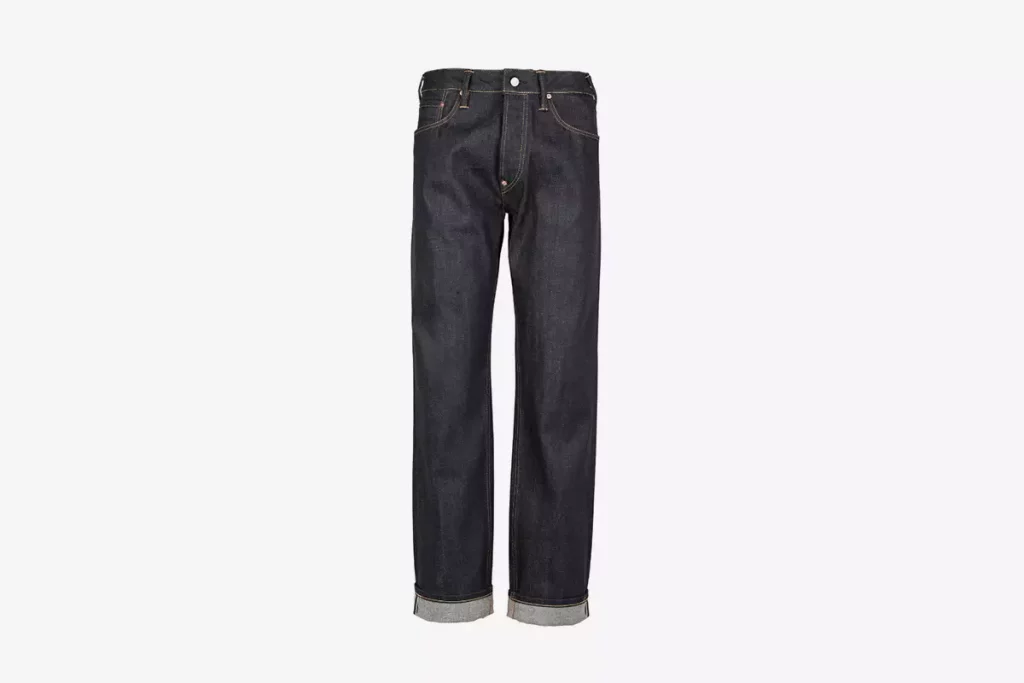
Japanese denim is the 10th most expensive fabric in the world. Japanese denim refers to denim fabric that is produced in Japan. This type of denim is known for its high quality and attention to detail in the manufacturing process. It is often considered a premium option due to its durability and unique features such as distinctive fades and distressed finishes. Japanese denim is also often made with traditional techniques, such as using shuttle looms to produce a tighter weave, which adds to its reputation as a luxury product. It is popular among fashion enthusiasts and collectors due to its unique style and craftsmanship.

